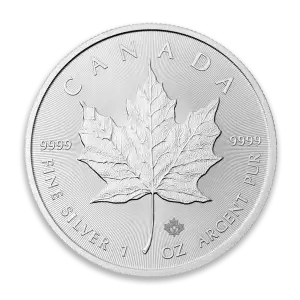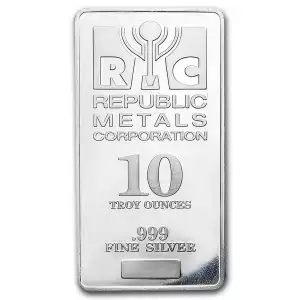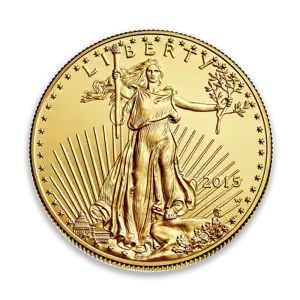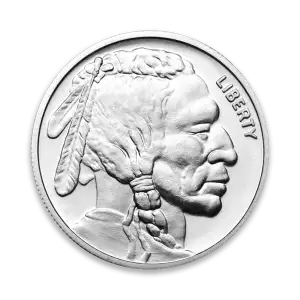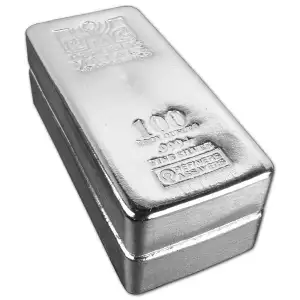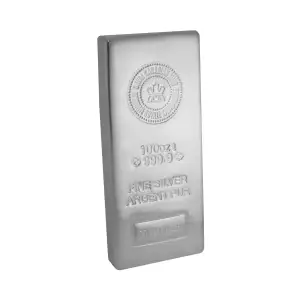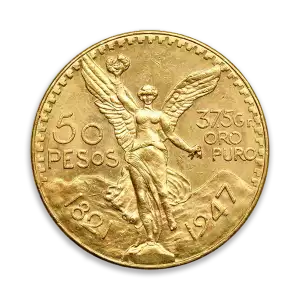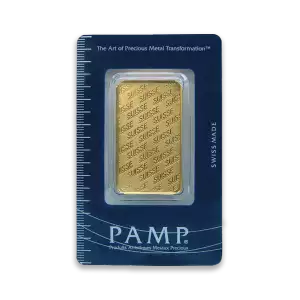The Role of the U.S. Dollar as the Global Reserve Currency
Introduction
The U.S. dollar (USD) has been the world's dominant reserve currency since the mid-20th century. It serves as the primary medium for international trade, central bank reserves, and global financial transactions. The dollar’s reserve status provides the United States with significant economic advantages but also presents challenges, especially as other nations seek alternatives to reduce dependence on the dollar.
1. What is a Reserve Currency?
A reserve currency is a currency that is held in large amounts by central banks and financial institutions worldwide for trade, investment, and economic stability. Reserve currencies are used for:
- International trade and commodity pricing (e.g., oil, gold, and other key goods are priced in dollars).
- Foreign exchange reserves held by central banks.
- Global debt issuance, as many governments and companies issue bonds in U.S. dollars.
2. How the U.S. Dollar Became the Global Reserve Currency
A. The Bretton Woods System (1944–1971)
After World War II, the Bretton Woods Agreement established the U.S. dollar as the world’s reserve currency, pegged to gold at $35 per ounce. Other countries fixed their currencies to the dollar, making it the cornerstone of global finance.
B. Nixon Shock & Shift to Fiat System (1971–Present)
In 1971, President Richard Nixon ended the dollar’s gold convertibility, making it a fiat currency (backed by trust rather than gold). Despite this, the dollar retained its dominance due to U.S. economic strength, military power, and the global demand for dollar-denominated assets.
C. Petrodollar System (1973–Present)
The U.S. negotiated with Saudi Arabia and OPEC nations to price oil in dollars in exchange for military protection, creating the petrodollar system. This move cemented the dollar’s role in global trade, as countries needed U.S. dollars to buy oil, reinforcing its status as the world’s primary currency.
3. Why the U.S. Dollar Dominates
A. Trust & Stability
The U.S. dollar is seen as a safe-haven currency, supported by the world’s largest economy and most liquid financial markets. Investors trust U.S. institutions, legal frameworks, and economic policies.
B. Global Trade & Financial System Dependence
- 60%+ of global foreign exchange reserves are held in U.S. dollars.
- Over 80% of global trade is conducted in U.S. dollars.
- Most international debt is issued in dollars, meaning countries need USD for financing.
C. U.S. Treasury Bonds as Global Safe Haven
Countries and investors buy U.S. government debt (Treasury bonds) because they are considered one of the safest investments. Nations like China, Japan, and European countries hold trillions in U.S. debt, reinforcing dollar demand.
4. Challenges to the U.S. Dollar’s Dominance
A. De-Dollarization Efforts by Other Nations
- Countries like China, Russia, and BRICS nations are trying to reduce dependence on the U.S. dollar.
- Conducting trade in local currencies (e.g., China and Russia use yuan and rubles).
- Accumulating gold reserves instead of U.S. dollars.
- Developing alternative payment systems (e.g., China’s CIPS as a competitor to SWIFT).
B. Inflation & Rising U.S. Debt
Excessive money printing by the Federal Reserve (e.g., during COVID-19 stimulus programs) has weakened global confidence in the dollar. The U.S. national debt exceeds $34 trillion, raising concerns about long-term dollar stability.
C. Sanctions & Weaponization of the Dollar
The U.S. freezes assets and blocks dollar transactions for countries it sanctions (e.g., Russia, Iran). This has prompted some nations to seek alternative reserve assets (gold, yuan, or cryptocurrency) to avoid dollar-based financial controls.
5. Alternatives to the U.S. Dollar as a Reserve Currency
A. Chinese Yuan (Renminbi)
China is pushing for global yuan adoption, but capital controls and a lack of trust limit its potential. The yuan only makes up ~3% of global reserves compared to 60% for the U.S. dollar.
B. Gold as a Reserve Asset
Central banks have increased gold purchases, particularly in China, Russia, and India, to hedge against dollar instability. However, gold cannot fully replace the dollar for trade and finance due to liquidity constraints.
C. Digital Currencies & Bitcoin
Some believe Bitcoin or CBDCs (Central Bank Digital Currencies) could challenge the dollar in the future. However, Bitcoin’s volatility and CBDC adoption hurdles make it an unlikely immediate replacement.
6. What Happens If the U.S. Dollar Loses Reserve Status?
- Higher Inflation in the U.S. – Foreign demand for the dollar keeps inflation low. If demand drops, inflation could rise.
- Higher Borrowing Costs – The U.S. relies on global demand for Treasury bonds. Lower demand would increase interest rates.
- Geopolitical Power Shift – The U.S. could lose leverage in global trade and sanctions.
- Currency Volatility – The transition to a multipolar currency system could create instability in global markets.
7. Conclusion: The Future of the U.S. Dollar
Despite challenges and de-dollarization efforts, the U.S. dollar remains the most powerful currency in the world due to:
- Strong financial markets & trust in U.S. institutions.
- The petrodollar system and deep liquidity of U.S. Treasury bonds.
- Lack of viable alternatives at a global scale.
However, the rise of gold, digital assets, and alternative currency agreements suggests a gradual shift toward a multipolar financial system. While the dollar will likely remain dominant in the near future, its long-term supremacy may face increasing pressure.

